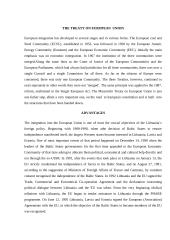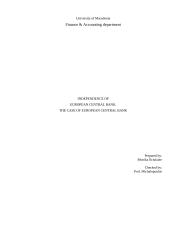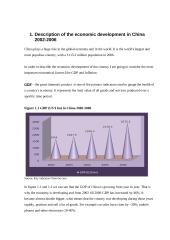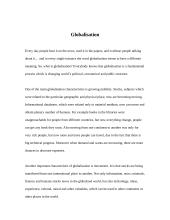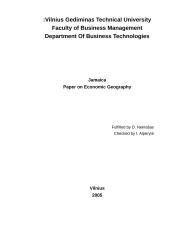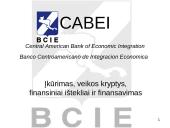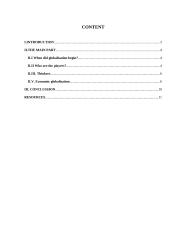Esės
Creation of the EMU (European Economic Monetary Union) and its influence on Lithuanian economy
Common currency area is a geographical area throughout which a single currency circulates as the medium of exchange. Another term for common currency area is a currency union, and a closely related phenomenon is a monetary union: a monetary union, is strictly speaking, a group of countries that have adopted permanently and irrevocably fixed exchange rates among their various currencies.
At the moment there are 27 countries, which have joined European Economic and Monetary Union (EMU): Austria, Belgium (French), Croatia, Czech Republic, Denmark, England, Estonia, Finland, France, Germany, Hungary, Iceland, Ireland, Italy, Latvia, Liechtenstein, Luxemburg, The Netherlands, Norway, Poland, Serbia, Slovakia, Slovenia, Spain, Sweden, Switzerland, Observer: Faroe Islands.
Main landmark for EMU formation, started in 1992 with the Maastricht Treaty, which laid down various criteria for being eligible to join the proposed currency union. In order to participate in the new currency, member states had to meet strict criteria such as a government budget deficit of less than 3% of GDP, a government debt-to-GDP ratio less than 60%, combined with low inflation and interest rate close to EU average. The Maastricht treaty also laid down a timetable for the introduction of the new single currency and rules concerning setting up of a European Central Bank.
The three stages for the implementation of the EMU were the following:
1. Stage One: 1 July 1990 to 31 December 1993
On 1 July 1990, exchange controls were abolished, thus capital movements were completely liberalised in the European Economic Community. The Treaty of Maastricht in 1992 establishes the completion of the EMU as a formal objective and sets a number of economic convergence criteria, concerning the inflation rate, public finances, interest rates and exchange rate stability. The treaty enters into force on the 1 November 1993.
2. Stage Two: 1 January 1994 to 31 December 1998
The European Monetary Institute is...
Šį darbą sudaro 1980 žodžiai, tikrai rasi tai, ko ieškai!
★ Klientai rekomenduoja
Šį rašto darbą rekomenduoja mūsų klientai. Ką tai reiškia?
Mūsų svetainėje pateikiama dešimtys tūkstančių skirtingų rašto darbų, kuriuos įkėlė daugybė moksleivių ir studentų su skirtingais gabumais. Būtent šis rašto darbas yra patikrintas specialistų ir rekomenduojamas kitų klientų, kurie po atsisiuntimo įvertino šį mokslo darbą teigiamai. Todėl galite būti tikri, kad šis pasirinkimas geriausias!
Norint atsisiųsti šį darbą spausk ☞ Peržiūrėti darbą mygtuką!
- Tarptautinės ekonomikos esė
- 6 psl., (1980 ž.)
- Word failas 53 KB
- Lygis: Universitetinis
- ✅ Yra šaltiniai
Mūsų mokslo darbų bazėje yra daugybė įvairių mokslo darbų, todėl tikrai atrasi sau tinkamą!
Panašūs darbai
Privalumai
Atsisiuntei rašto darbą ir neradai jame reikalingos informacijos? Pakeisime jį kitu nemokamai.
Pirkdamas daugiau nei vieną darbą, nuo sekančių darbų gausi 25% nuolaidą.
Išsirink norimus rašto darbus ir gauk juos akimirksniu po sėkmingo apmokėjimo!
Atsiliepimai














